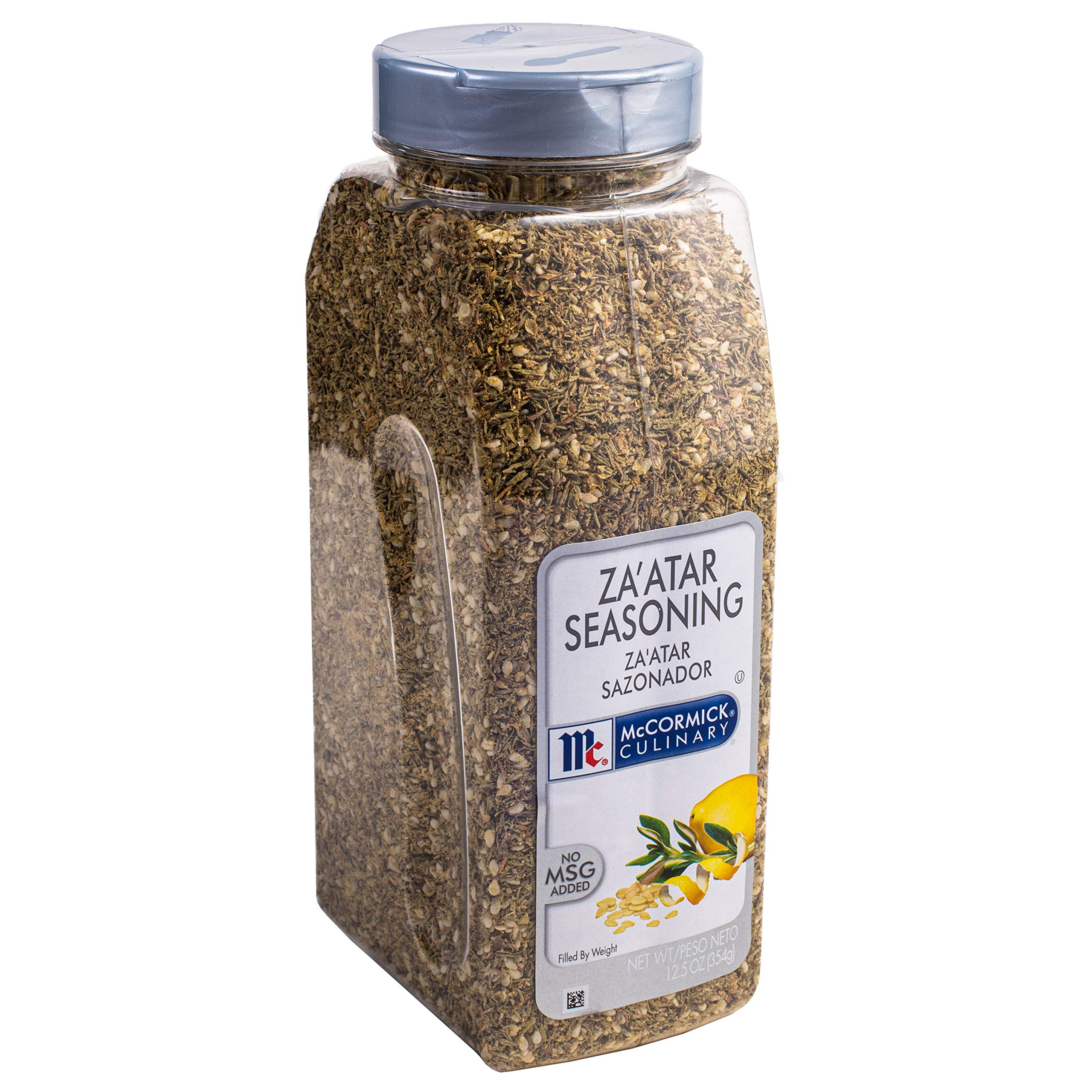The Middle Eastern and Caribbean regions are known for their unique and flavorful cuisines that are rich in spices and herbs. Middle Eastern cuisine uses cumin, coriander, sumac, and turmeric, while Caribbean cuisine uses allspice, ginger, garlic, and thyme. Both regions make use of chili peppers, onions, garlic, and ginger in their cooking, and emphasize fresh herbs and citrus. Middle Eastern cuisine uses saffron and tahini, while Caribbean cuisine uses coconut milk and curry powder. The differences and similarities between the cuisines reflect the diverse and vibrant cultures from which they originate.
Middle Eastern vs. Caribbean Cuisine: Comparing the Spices and Flavors of Two Regions
Introduction
Food is the centerpiece of many cultures, and the Middle Eastern and Caribbean regions are no exception. Both of these regions are known for their unique and flavorful cuisines that are rich in spices and herbs. While both regions share some similarities in their ingredients and cooking methods, there are also distinct differences that set them apart. In this article, we will explore the differences and similarities between Middle Eastern and Caribbean cuisine by comparing their spices and flavors.
Middle Eastern Cuisine
Middle Eastern cuisine is known for its use of spices and herbs, which are often combined to create powerful and dynamic flavors. One of the most important spices used in Middle Eastern cooking is cumin, which is used in a variety of dishes from shawarma to hummus. Other popular spices include coriander, sumac, and turmeric. Middle Eastern cuisine also features a lot of fresh herbs, such as parsley, mint, and dill.
Caribbean Cuisine
Caribbean cuisine is a fusion of various cultures and is influenced by African, Spanish, and Indian flavors. The use of spices in Caribbean cuisine is equally important, with the most commonly used being allspice, which is a combination of cinnamon, nutmeg, and cloves. Other spices include ginger, garlic, and thyme. Like Middle Eastern cuisine, Caribbean cooking also makes use of fresh herbs such as parsley, thyme, and cilantro.
Commonalities
Despite the differences between the Middle Eastern and Caribbean cuisines, there are also commonalities in the spices and flavors used. Both regions make use of chili peppers, onions, garlic, and ginger in their cooking. Additionally, there is an emphasis on using fresh herbs, which not only add flavor but also provide health benefits. The use of citrus, such as lemons and limes, is also prevalent in both cuisines.
Differences
While there are many similarities between Middle Eastern and Caribbean cooking, there are also stark differences in the spices and flavors used. Middle Eastern cuisine makes use of saffron, a prized and expensive spice, while Caribbean cooking favors allspice. Middle Eastern cuisine also makes use of tahini, a paste made from ground sesame seeds, which is a staple in dishes such as hummus and baba ghanoush. Caribbean cuisine, on the other hand, makes extensive use of coconut milk and curry powder.
Conclusion
Middle Eastern and Caribbean cuisine both offer rich and flavorful options for those seeking to expand their culinary horizons. While there are similarities in the use of spices and herbs, Middle Eastern cooking tends to feature more dried spices like cumin and coriander, while Caribbean cooking features more fresh herbs and a variety of peppers. Ultimately, the differences and similarities between the cuisines serve as a testament to the diverse and vibrant cultures from which they originate.
